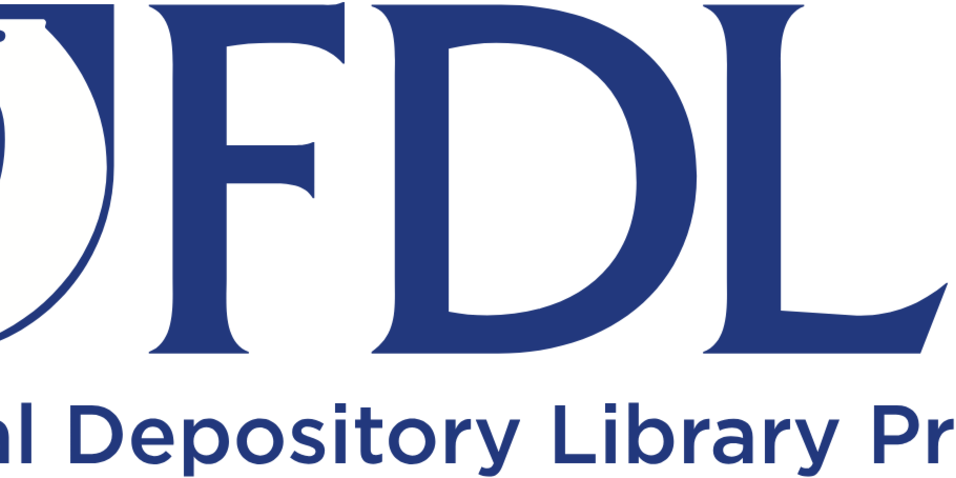The LOCKSS Program, Stanford University Libraries and The CLOCKSS Archive Support "Long-tail" Publishers
Communities using the LOCKSS Software have collaboratively passed an important milestone and are now preserving over 1000 "long tail" journal publishers, smaller publishers who have ten or fewer journals. Content from these publishers are most at-risk for loss, making preservation vital to guarantee future access to the material for research and teaching.
"Stanford University Libraries provides access to approximately 83,560 serials titles, most of these from long tail publishers," said Michael Keller, university librarian at Stanford. "The important work of Stanford professors, students and researchers depends on preserving the long tail at a scale of thousands of titles."
As libraries migrate from print to online-only publications, assurances from publishers that a library’s investments are protected and preserved for generations to come is essential.
"The LOCKSS Program provides designated communities with tools and support to preserve those long tail publishers of importance to them," said Victoria Reich, LOCKSS Program executive director. "It is critical that each community, with unique language and subject specializations, takes responsibility for preserving content important for their work."
According to Reich there are tens of thousands of long tail publishers worldwide, which makes preserving the first 1,000 publishers an important first step to a larger endeavor to protect vulnerable digital content.
The CLOCKSS Archive is a critical and unique player in the quest to preserve Web-based scholarly publications. CLOCKSS assigns abandoned and orphaned (triggered) content a Creative Commons license to ensure it remains available forever. "Approximately 70% of the publishers preserved in the CLOCKSS Archive are long tail," said Craig Van Dyck, CLOCKSS executive director. "The demand for preservation among these smaller publishers is increasing rapidly. The CLOCKSS Archive is pleased to work with publishers and librarians to achieve the necessary scale."
About Stanford University Libraries
The Stanford University Libraries is more than a cluster of libraries; it connects people with information by providing diverse resources and services to the academic community. The Libraries includes more than 20 individual libraries across campus, each with a world-class collection of books, journals, films, maps, databases, and more. The Stanford Digital Library is one of the most advanced digital libraries in the world with extensive digitization programs for books, manuscripts, maps, 3d objects, images, audio, video and historical software and data files. Library experts in search, digital curation, digital humanities, computational social science, and digital preservation work hand-in-glove with students, faculty and research centers to build next generation applications and research corpora.
About the LOCKSS Program
The LOCKSS Program, Stanford University Libraries, built on the principle that "lots of copies keep stuff safe", provides open source tools and support to communities who use LOCKSS to ensure preservation and continual access to both purchased and locally produced scholarly content.
About the CLOCKSS Archive
CLOCKSS, Controlled LOCKSS, is a not-for-profit joint venture between the leading academic publishers and research libraries whose mission is to build a geographically distributed dark archive to ensure the long-term survival of Web-based scholarly publications.

